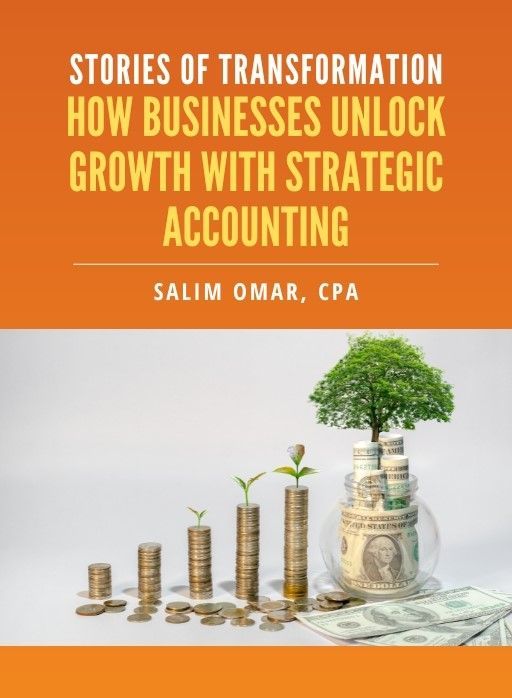Hiring on a Deadline: How to Stand Up Finance Capacity in 30 Days for Q4
Year‑end is unforgiving: audits loom, reports stack up, budgets lock, and boards demand forward‑looking clarity—often exposing a too‑thin finance bench. Standing up capacity in 30 days isn’t ideal—but it’s possible. The right mix of talent strategy and process design helps companies scale finance just as the stakes peak.
Start With the Critical Roles
The temptation in a hiring sprint is to grab anyone with “finance” on their résumé. That wastes time. Instead, start by isolating the non-negotiable roles for Q4.
Think of it like building a rescue crew—assign specialists where the fires are hottest.
What to Lock Down in Week One
A structured 7–10 day sprint to stabilize coverage:
- Map critical gaps (AP close, AR collections, FP&A modeling).
- Define roles that can flex—analysts who support both reporting and planning.
- Use interim or contract finance talent when a permanent search can’t be completed in time.
- Match incoming talent to the team’s core competencies to minimize ramp‑up and reduce execution risk.
Outcome:
A clear hiring and staffing plan anchored in immediate Q4 needs.
Speed Without Compromise
Rushed hiring risks misalignment. Companies that move fast without guardrails often spend Q1 fixing mistakes. The balance is speed plus structure.
What to Prioritize Now
Transaction capacity:
AP/AR processors that can plug directly into workflows.
Reporting support:
Analysts to manage reconciliations and variance tracking.
FP&A agility:
Temporary or project-based hires for modeling and board decks.
Leadership cover: Interim controllers or CFOs if governance gaps are material.
Q4 edge: More hands where work is heaviest, without overengineering the org chart.
Onboarding That Compresses Ramp Time
The biggest bottleneck isn’t hiring—it’s integration. A 30‑day sprint succeeds only when new hires are productive in days, not weeks.
Essential Tactics
- Playbooks:
Simple SOPs for closes, approvals, and reporting cadences
- Systems access:
Pre-configured logins and templates ready on day one
- Buddy system:
Pair new hires with experienced staff for real-time coaching
- Scope clarity:
Clear goals for the first 2 weeks to prevent spinning wheels
Outcome:
New hires contribute to Q4 execution before
payroll hits twice.
Controls That Protect While Scaling
Rapid hiring creates risks, including exposure to fraud, reporting errors, and duplicate work. Embedding lightweight controls prevents shortcuts from becoming liabilities.
Must-Have Safeguards
- Segregation of duties:
No single new hire controls both approval and release.
- Access rights:
Limit system permissions to the current scope.
- Checklists:
Weekly close/pre-close checklists to avoid dropped steps.
- Manager sign-off:
Extra review cycles during the first two closes.
Outcome:
Speed plus safety—capacity expands without eroding trust.
The 2025 View: Build While You Bridge
Hiring on a deadline is triage. But the same process can support longer-term capacity planning. Q4 firefighting can double as a pilot for 2025 workforce design.
Execution Lines: Act Now vs. Park for Later
Act now (immediate relief, high ROI):
- Contract staff for AP/AR or
interim finance leaders who can keep Q4 on track.
- Shortlist analysts from talent marketplaces for FP&A support.
- Stand up onboarding playbooks and buddy assignments.
- Align interim hires with audit and year-end reporting cycles.
Park for later (strategic build-outs):
- Enterprise-wide finance org redesign.
- Multi-country shared services implementation.
- Advanced workforce planning with AI-driven demand models.
Integration With the Existing Team
The cultural risk in emergency hiring is alienation of core staff. New hires should amplify—not disrupt—the team’s momentum.
Best-Fit Approach
- Position hires as reinforcements, not replacements.
- Anchor communication on “shared Q4 goals” to unify the group.
- Keep daily stand-ups short but inclusive of new contributors.
- Ensure leadership visibility by introducing new hires during executive meetings.
Outcome: Extra capacity without morale drags, ensuring the team feels strengthened, not sidelined.
Bottom Line
Standing up finance capacity in 30 days is less about speed alone and more about precision—hiring into the right gaps, onboarding with intent, and protecting controls. Done right, the team ends Q4 not drained but stronger, with lessons that power 2025.
Contract staff, interim leaders, or scoped full-time employees all deliver the same payoff: capacity, confidence, and resilience where it matters most.
Need extra finance hands on deck before Q4 ends?
📌 Book a 20-minute “Finance Capacity Sprint”—leave with a staffing plan, onboarding playbook, and a 30-day roadmap to scale without slowing the close.
Free eBook:
Stories of Transformation


Salim is a straight-talking CPA with 30+ years of entrepreneurial and accounting experience. His professional background includes experience as a former Chief Financial Officer and, for the last twenty-five years, as a serial 7-Figure entrepreneur.





